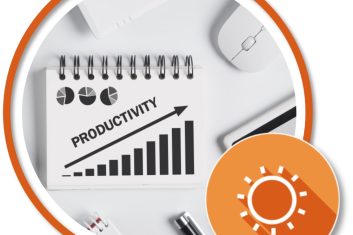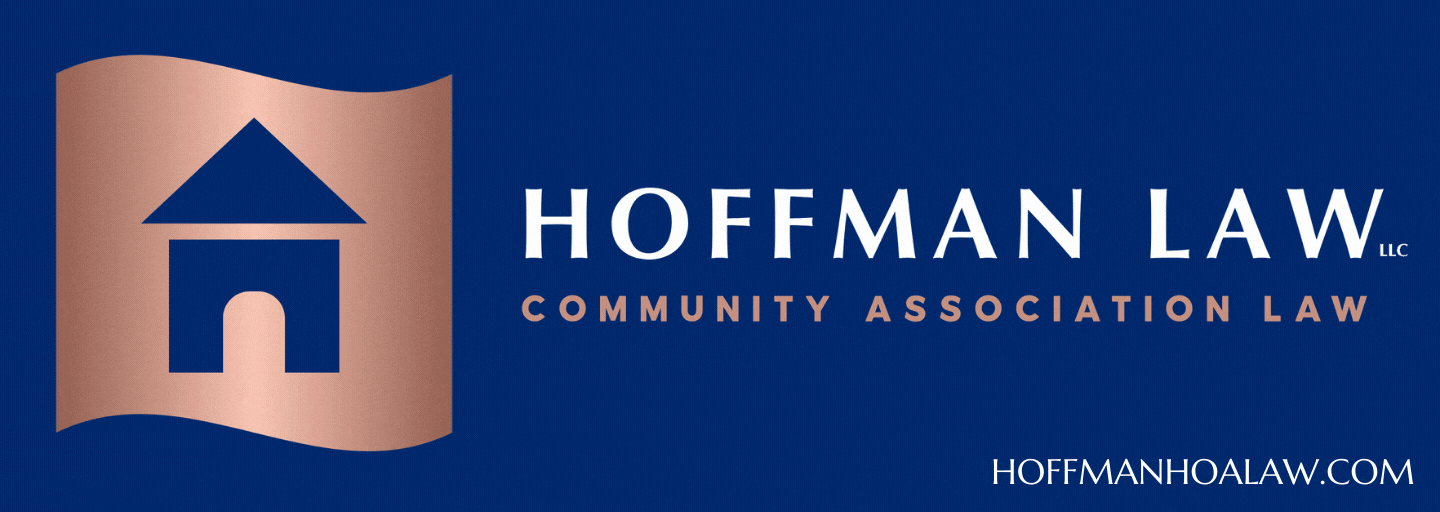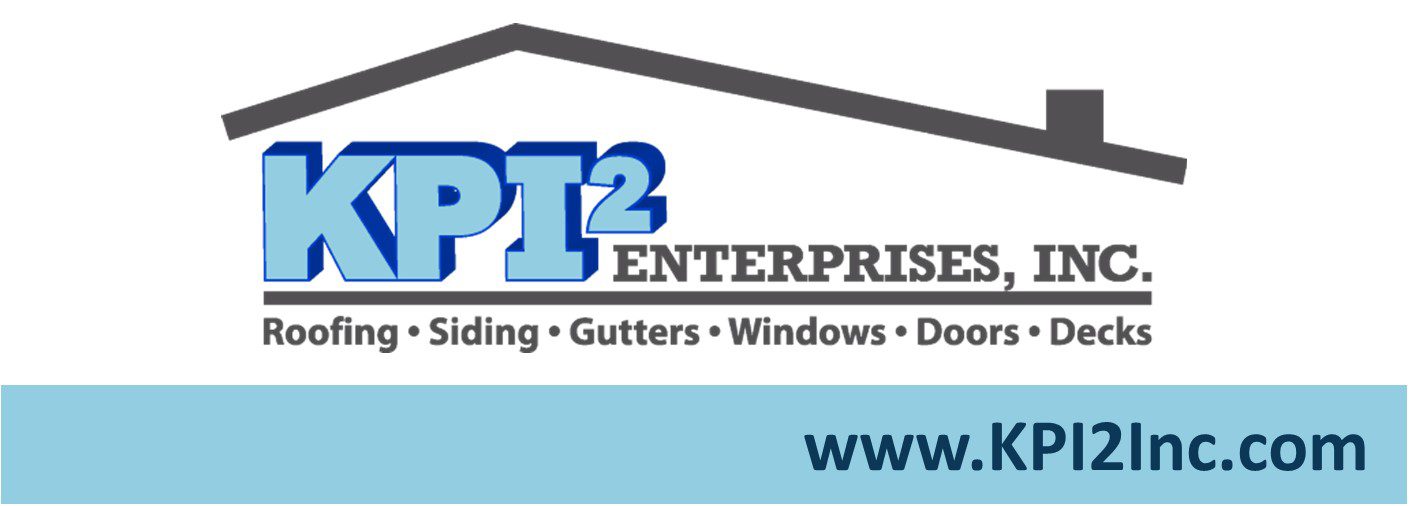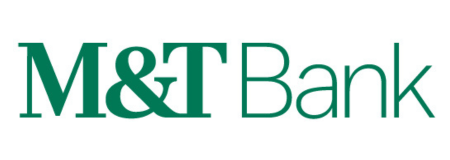Capital improvements in community associations are always needed. These include but not limited to roof replacements, balconies, sidewalks, pools, HVAC systems, etc. Most communities conduct reserve studies to assess the replacement costs and remaining useful life of each component. If a community hasn’t reserved ample funds for the replacement costs of the projects either a special assessment and or loan is required.
The dreaded special assessment is never a fun topic to bring up to the association and may be a financial burden on some owners, so a community association loan could be an option to fund the necessary capital projects.
What is a Community Association Loan?
A loan to a community association helps fund capital improvements. The loan is to the association and no individual is held personally liable. These loans are commercial loans since they are not secured by real estate. The loan is secured by an assignment of assessments and the rights of the association to collect the assessments, which basically means the cash flow of the association serves as the collateral.
A loan allows the costs to be spread over the useful life of the capital item, permitting the costs to be absorbed into ongoing assessments over a longer period.
The loan terms can vary by bank, but typically range from 5- 15 years and are fully amortizing. This means that they are paid off at the end of the loan term.
Types of Loans:
Term Loan
This is a loan where the loan funds are taken at loan closing and the monthly payment is fixed during the life of the loan. The terms can range from 5-15 years depending on the loan size, the repair being financed and the needs of the association.
Line of Credit with Term Loan
Some associations have capital improvement projects that may take 12-18 months to complete. An option banks offer is called a draw down period. During this draw down, the association borrows what they need and pays interest only on the amount drawn down. At the end of the draw down period, the loan is converted to a fixed term loan and interest and principal payments are required.
Benefits of a Loan
- Helps fund immediate capital improvements without a large one -time special assessment that many unit owners may not be able to afford.
- Allows member assessments to increase slightly because the loan payments can be spread over a longer period of time.
- Associations can receive competitive bids on improvements because all the work can be completed at once. For example, an Association can replace all roofs at once rather than spreading the work over several years.
How to Prepare an Association for a Loan
If an association thinks they may need a loan for a particular project it is essential to start the conversation early. Communication with the bank, the engineers, attorney and membership is critical. The association must identify which projects need to be addressed with financing, determine the size of the project, and estimated cost. In order for an association to determine the proper amount to borrow, they have to start with a reserve study or an engineer report that identifies the scope of the work that is necessary.
The next step is to review your organizational documents to see if a vote of the membership is necessary to obtain a loan. After you assess the ability to borrow and know the estimated cost, it is prudent to contact a bank that understands association loans and obtain a few quotes. The loan proposal will outline the interest rate and what the monthly payment will be for the loan.
Underwriting
If the association is ready to take the next step and apply for a loan, be ready to submit the following information to be reviewed.
Borrower & Property Information- this paints the picture of the association and provides the necessary contact information.
- Description of the property
- Recent sales
- Number of rental units
- Maintenance Roll
Operating & Financial Information- Analyzes the financial performance of the association, the ability to repay, and assesses the useful life of the building components.
- 3 years of Financial Statements
- Current financial statement
- Current budget
- Delinquency report
- Reserve Study
Organizational Documents- Details if a vote is required and that the association is following their governing documents.
- By-Laws
- Articles of Incorporation
- Declaration
- House Rules and Regulations
- Board Minutes
- Board Resolution of the loan
- Insurance Policies
- Approval of membership vote ( if required)
Capital Improvement Project Information
- Use of Loan proceeds
- Contracts or bids
- Engineering report
The bank will review all documentation for approval of a loan request. Some standard requirements to get approved for a loan include:
Receivables:
- Membership assessment delinquencies of 30 days or more should not exceed ten percent (10%) of the budgeted gross annual income of the Association;
- Number of units that are delinquent should not exceed more than fifteen (15%) of the total units.
- At least 20 units in the association, and 50% owner occupied.
- Balance in a reserve account to be at least 10% of the budgeted gross annual income.
Typically the time frame for funding is 45 days from the date of the signed proposal.
Jessica Marvel
Vice President
National Cooperative Bank
Association Banking Services
Tel (215) 649 9054 | Cell (215) 518 7071 | jmarvel@ncb.coop
Visit us at www.ncbassociationbanking.coop

















